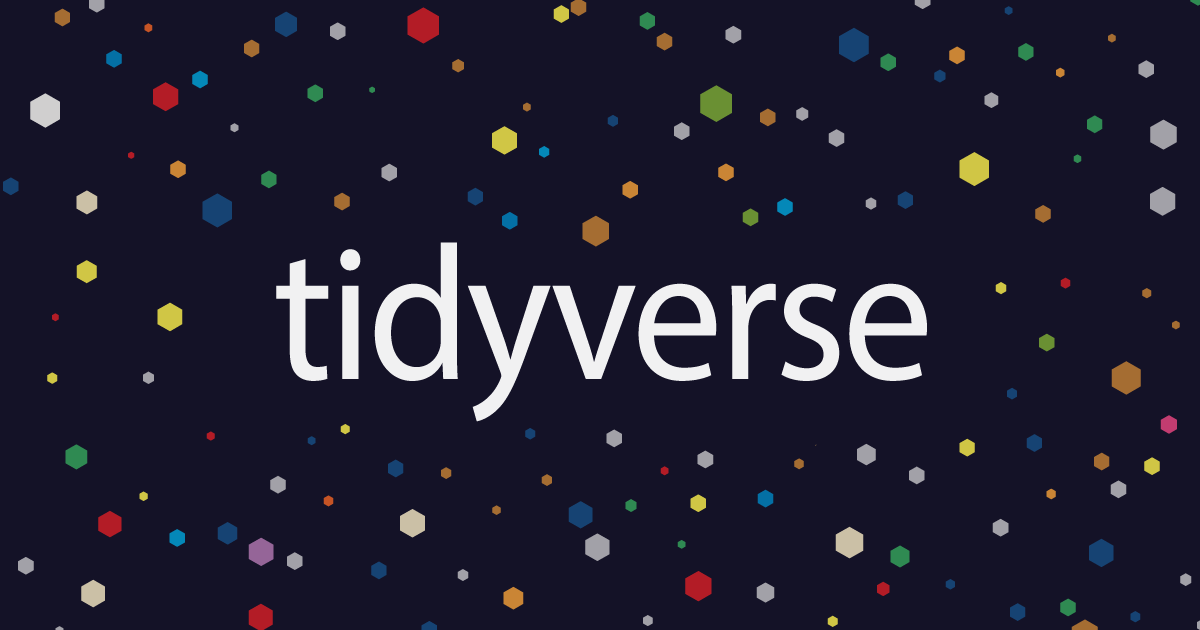
What is the 'tidyverse'?
The ‘tidyverse’ is the umbrella name for a collection of specific R packages. We briefly described packages in the “Importing data: the basics” guide; a package is basically an add-on for R that someone has made, giving us access to new features that are not available in 'base' R code.
Normally, we install packages individually. For example, we might install the ‘captioner’ package, which will then allow us to automate the captions found under our tables and figures (see: 5 reasons to write documents in R). When installing the tidyverse, however, a bunch of packages are all installed at the same time. These packages work in harmony with one another, and include:
- readr;
- tidyr;
- dplyr;
- ggplot2;
- tibble;
- purrr;
- stringr;
- forcats.
We won't get into what each of these do...but after installing and loading the tidyverse using the following code, we’ll automatically have access to all of the packages listed above:
install.packages(‘tidyverse’)
library(tidyverse)
Each of the packages contained within the tidyverse use the same syntax - a certain way of writing R code that has a complete emphasis on clarity. Code written in the tidyverse syntax is designed to be as easy as possible to read; when shared with others, it allows people to follow along and understand every step of our script.
A huge part of this syntax is the 'pipe' operator: %>%. This is explained in more detail in the Selecting data guide, but it's a powerful tool that lets us make many changes to data in just a single step. This helps immensely in allowing others to understand our code.
And that's pretty much it. Not as complicated as it first sounded, huh?

